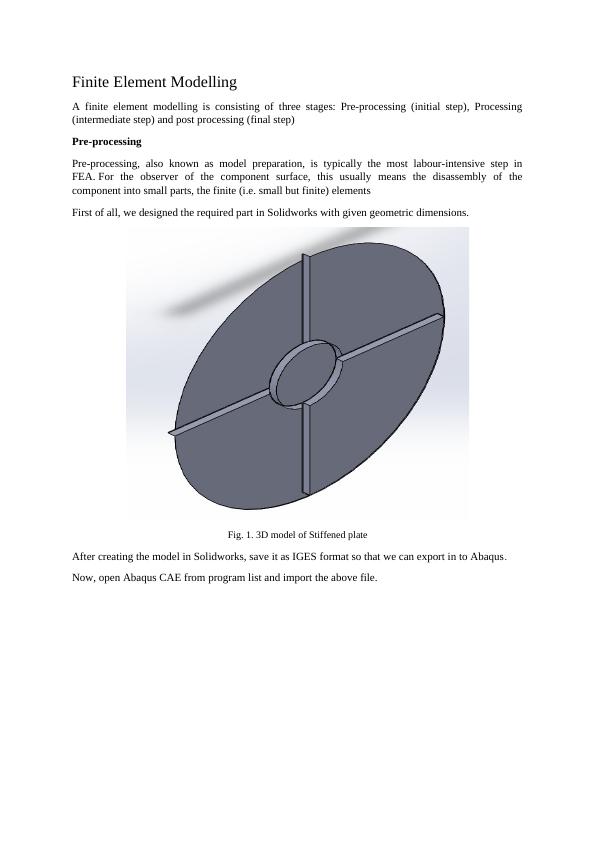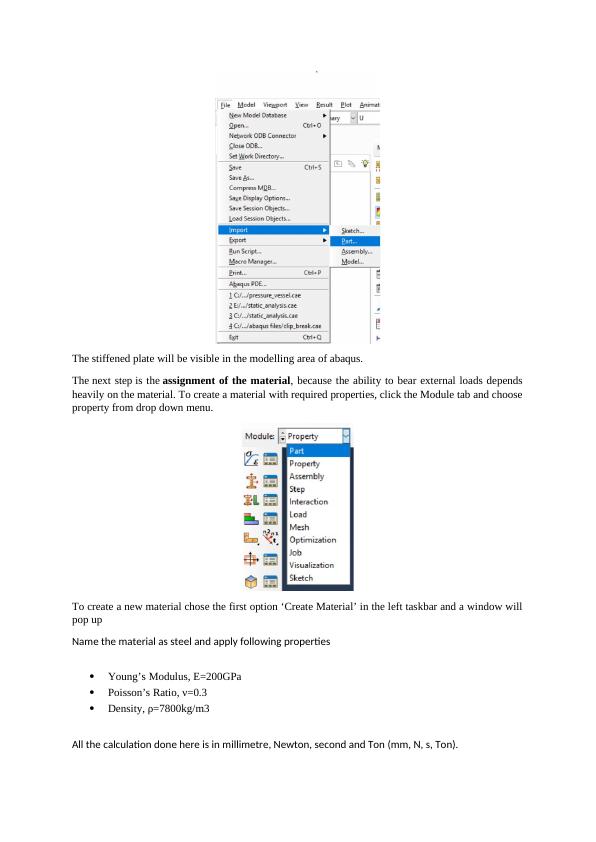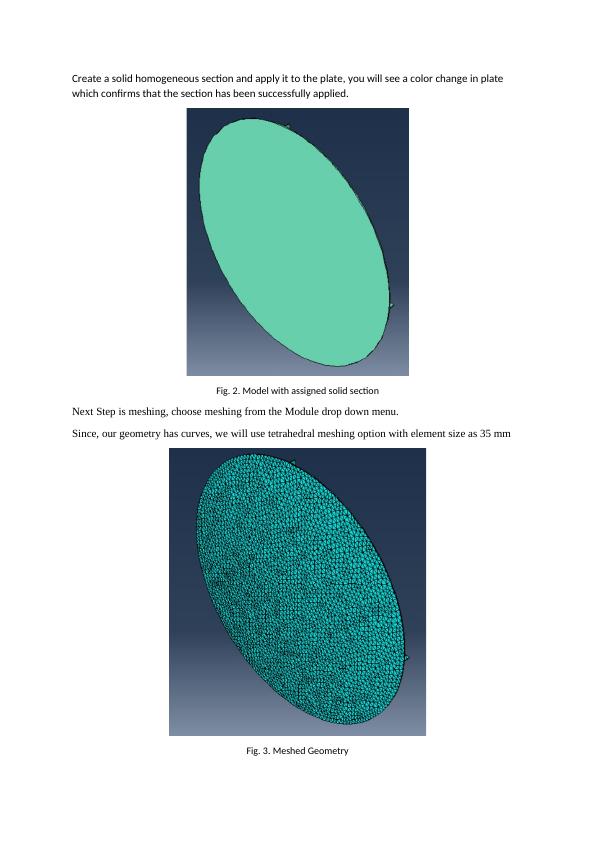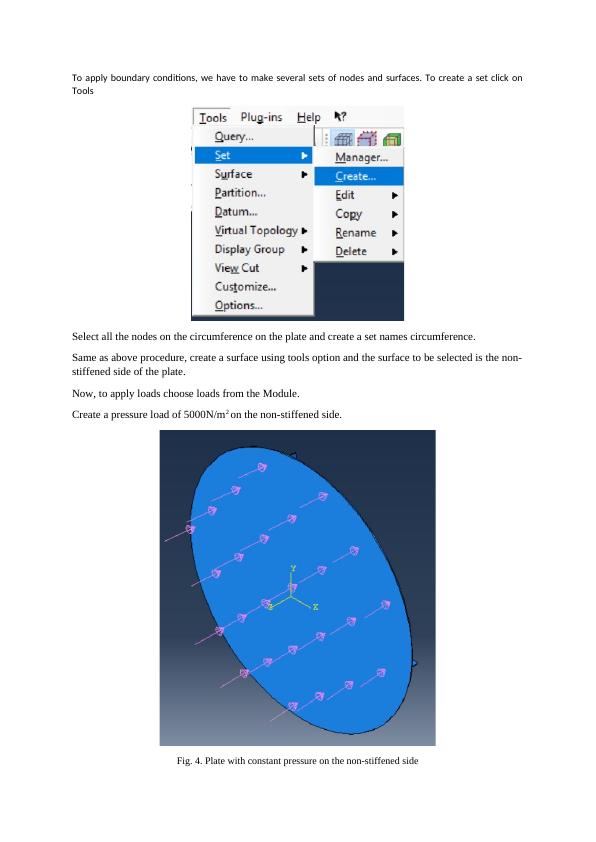Ask a question from expert
Engineering Assignment: Finite Element Modelling
15 Pages1164 Words75 Views
Added on 2020-05-28
Engineering Assignment: Finite Element Modelling
Added on 2020-05-28
BookmarkShareRelated Documents
End of preview
Want to access all the pages? Upload your documents or become a member.
7003MSC Finite Element Analysis
|12
|1123
|102
Designing and Analyzing Thermal Stress in Automotive Disc Brakes: A FEA Approach
|1
|640
|413
Structural Assessment of Bicycle Crank using Finite Element Analysis
|10
|1288
|301
Dynamic Analysis using blast loading on an I-Beam using Finite Element methods in Abaqus
|22
|1712
|30



